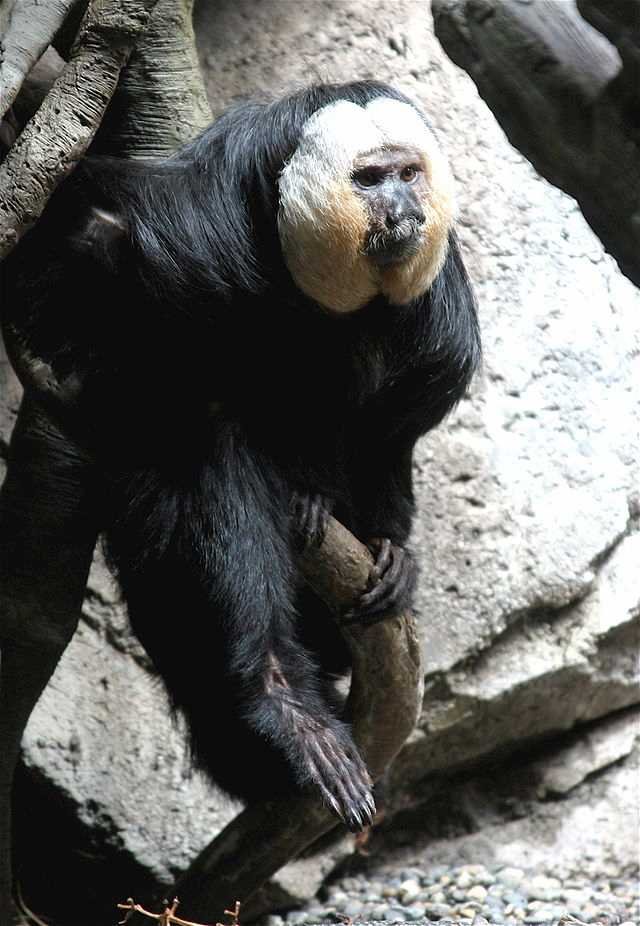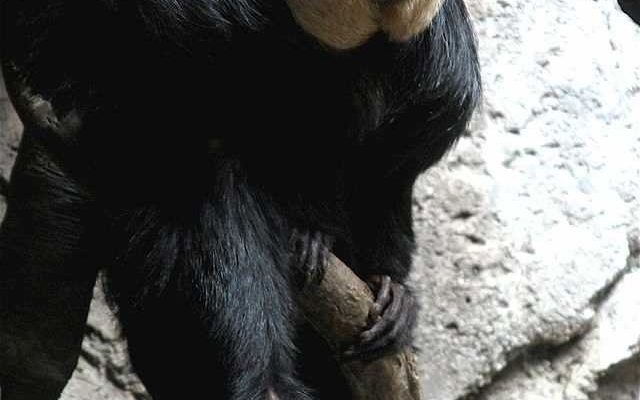
You might be wondering why there is a need to bust some myths about the Saki monkey. After all, aren’t most monkeys just similar with some minor differences? Here’s the thing: Saki monkeys have unique traits and behaviors that set them apart from their playful cousins. From their habitat to their social dynamics, there’s a lot more than meets the eye. So, let’s dig into some common misconceptions about these quirky little primates and set the record straight.
The Saki Monkey’s Appearance: More Than Just a Hairdo
One of the biggest myths about Saki monkeys is that they all look the same. Spoiler alert: they don’t! Saki monkeys come in a variety of species, with distinct appearances. For example, the Black Saki has a glossy black coat that gives it a sleek look, while the Golden Saki sports a bright golden-brown fur. Honestly, it’s like they each have their own fashion statement.
Their most notable feature? The fluff of fur around their faces that resembles a beard or a punk rock hairstyle! This isn’t just for show; it helps in camouflage, allowing them to blend into the trees of their native rainforests. So, if you ever see one peeking out from behind the leaves, remember that its appearance is as unique as its personality.
Saki Monkeys: Are They Social or Solitary?
You might think that all monkeys are social and love to hang out in groups, but that’s not the case for Saki monkeys. Many people believe that Saki monkeys are solitary creatures, but that’s only partially true. In reality, they tend to live in small family groups. These groups usually consist of a mated pair and their offspring.
Imagine a cozy little family unit that sticks together through thick and thin. They communicate with each other through a variety of vocalizations, from squeaks to growls, showing that they maintain a social structure despite their smaller group size. So, while they aren’t swinging from trees in huge troops like their howler monkey cousins, they do enjoy the company of their close-knit family.
Diet Myths: What Do Saki Monkeys Really Eat?
There’s a misconception that Saki monkeys are strictly fruit eaters. Sure, they enjoy the occasional berry, but they’re more diverse in their diet than that! Saki monkeys are primarily frugivores, meaning they love fruit, but they also munch on leaves, seeds, flowers, and even insects.
Think of them as the adventurous eaters of the monkey world! Their strong, sharp teeth are perfect for cracking tough fruits and seeds, showcasing how adaptable they really are. So, the next time someone mentions that Saki monkeys only eat fruit, you can set the record straight and tell them about the varied diet of these primates.
Behavioral Misunderstandings: Are They Aggressive?
Some people assume that Saki monkeys are aggressive due to their intimidating appearance and loud calls. Let me explain: aggression can be common in many wild animals, but Saki monkeys are generally not known for being hostile. In fact, they usually prefer to avoid confrontation.
Their loud calls, which can sound pretty fierce, are often used for communication rather than threats. Picture them as the vocal members of the primate world, expressing excitement or alerting family members to potential dangers. So, while they may look tough, they’re usually just trying to chat!
Habitat Myths: Where Do They Live?
Another common myth is that Saki monkeys can thrive in any environment. In reality, Saki monkeys are specifically adapted to live in the canopies of tropical rainforests in South America. They require a rich habitat filled with trees and foliage to find both food and shelter.
If you were to bring a Saki monkey into a different environment, it wouldn’t fare well. The delicate balance of its natural habitat is critical for its survival. So, the next time someone claims Saki monkeys can live anywhere, remind them that these adorable creatures have specific needs tied closely to their rainforest home.
Conservation Status: Are They Endangered?
You might think that because Saki monkeys are somewhat elusive, they’re doing just fine in the wild. However, this couldn’t be further from the truth. Many species of Saki monkeys are actually threatened due to deforestation and habitat loss.
These monkeys need their forests to survive, and as humans continue to clear these vital areas for agriculture and development, Saki monkeys are losing their homes. The loss of habitat not only affects their food supply but also puts them at risk of extinction. So, it’s essential to support conservation efforts aimed at protecting these amazing creatures and their rainforest homes.
Wrapping It Up: Understanding the Saki Monkey
In short, Saki monkeys are far more complex than they may seem at first glance. From their unique appearance to their social structures and dietary habits, there are many misconceptions surrounding these fascinating primates. The truth is, they play an important role in their ecosystems and deserve our respect and protection.
By busting these myths, we can help raise awareness about the Saki monkey, ensuring that future generations can enjoy and learn about them. So, the next time you think of monkeys, don’t forget about the quirky Saki monkey and its rich, complex life in the trees!

